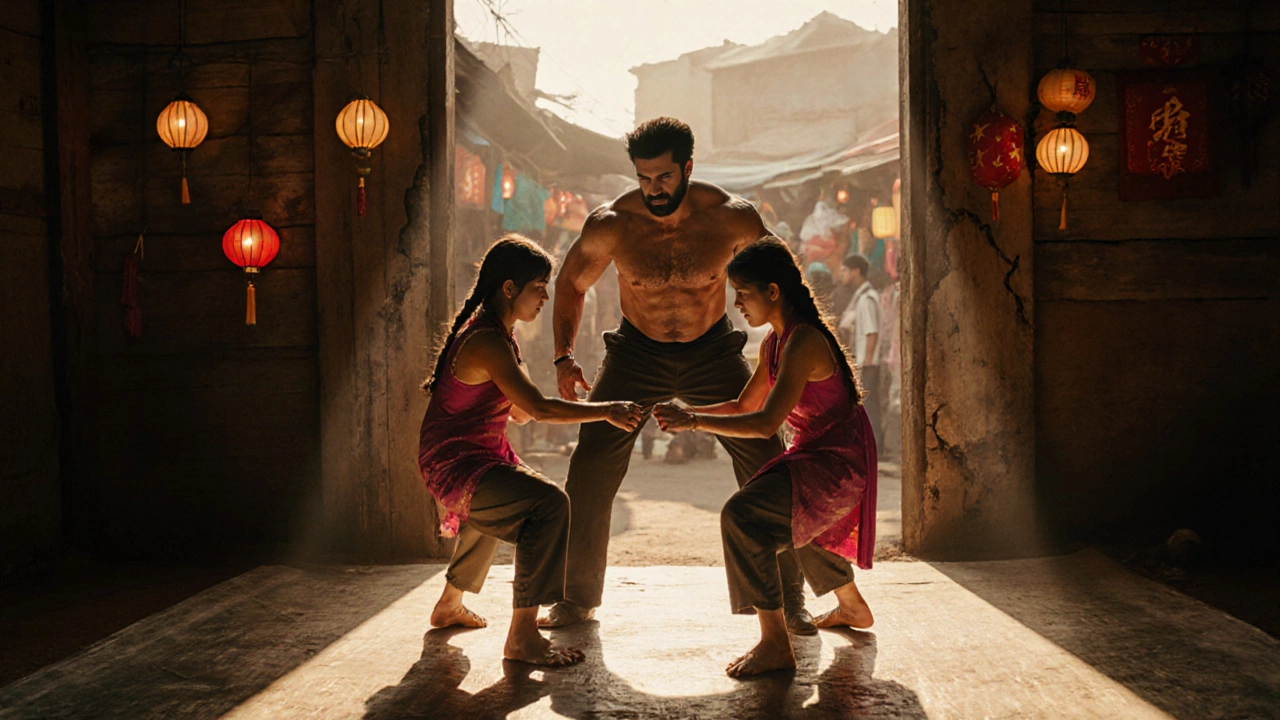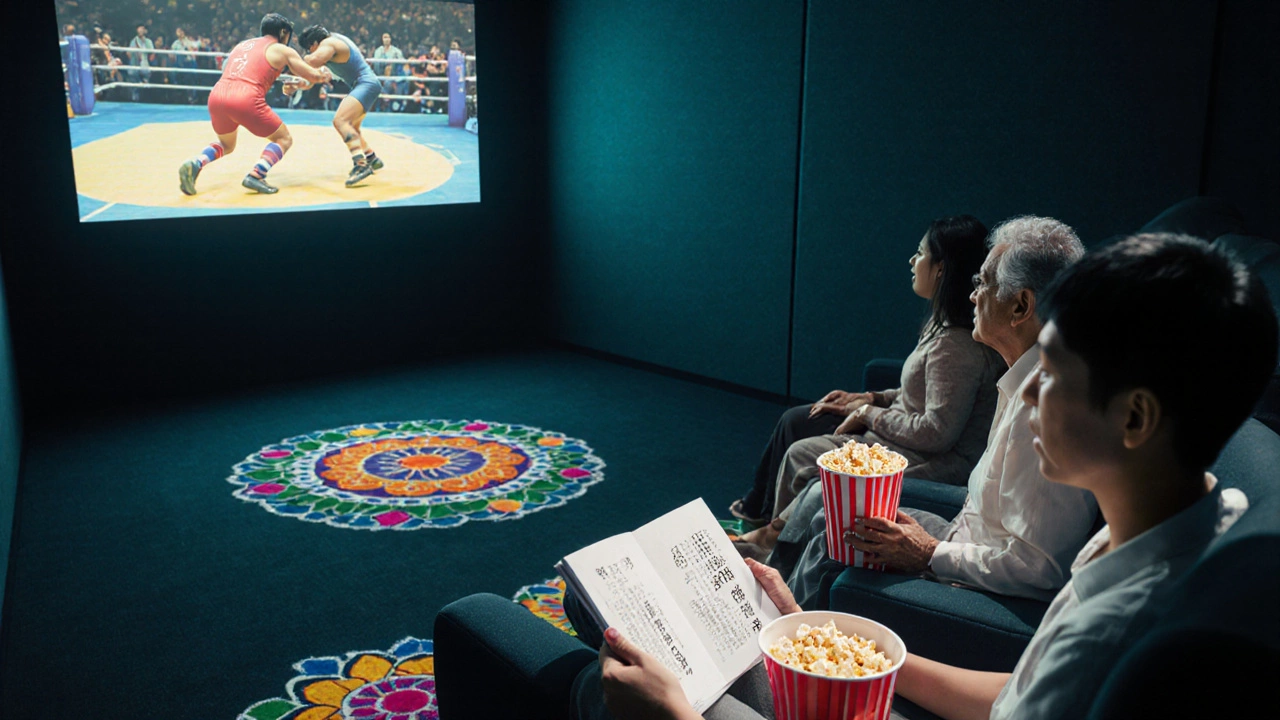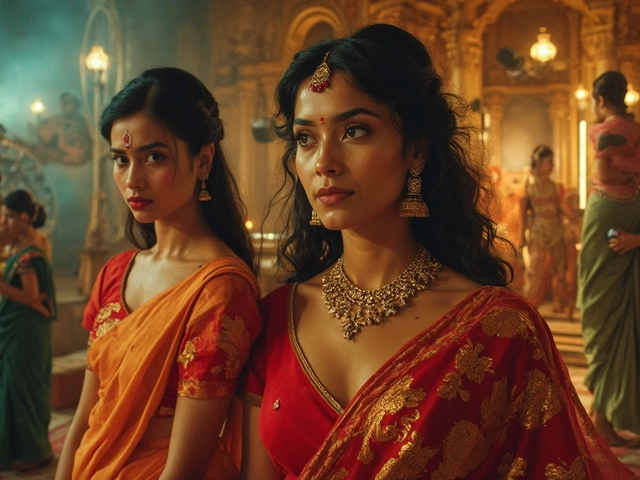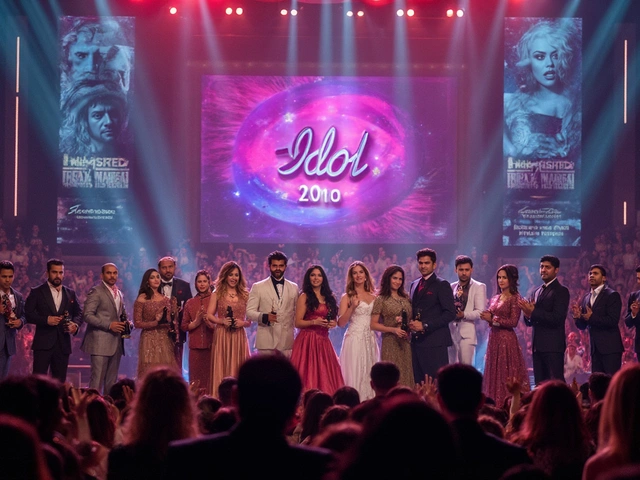
Dangal China Box Office Predictor
This tool helps you estimate how different factors influence a film's box office potential in China, based on the factors that made Dangal a record-breaking hit. Adjust the sliders to see how changes in key success factors impact potential box office revenue.
Input Success Factors
Adjust the sliders below to simulate how different factors would impact box office performance in China.
Estimated Box Office
Based on your selected factors, the estimated box office revenue in China would be:
(Dangal actually earned $311M)
When Aamir Khan released Dangal is a 2016 biographical sports drama about Mahavir Singh Phogat, a former wrestler who trains his daughters to become wrestling champions, few could have predicted that the film would become a cultural phenomenon on the other side of the world. Yet in China the movie smashed records, pulling in more than $300million and eclipsing many Hollywood releases. Below we unpack why the Dangal China box office numbers look so extraordinary.
Key Takeaways
- Universal themes of family, perseverance, and gender equality resonated deeply with Chinese viewers.
- Strategic timing - a 2017 release that avoided local blockbuster clutter - gave the film breathing room.
- High‑quality Mandarin subtitles and targeted social‑media campaigns built word‑of‑mouth momentum.
- Strong parallels between Indian wrestling (pehlwani) and Chinese traditional martial arts created a cultural bridge.
- Box‑office data shows Dangal out‑earned every previous Bollywood entry in China.
Understanding the magic requires a look at three layers: the film’s content, the Chinese market’s preferences, and the promotional engine that tied them together.
What Makes Dangal Tick - Story and Style
At its core, Dangal is a tightly‑woven family saga. Aamir Khan plays Mahavir Singh Phogat, a tough but loving father who defies social norms to train his daughters Geeta and Babita for international wrestling glory. The screenplay balances gritty training montages with heartfelt domestic scenes, creating a rhythm that feels both inspiring and relatable.
Three narrative devices drive the film’s appeal:
- Underdog Triumph: Audiences love a good comeback story, especially when it challenges entrenched gender roles.
- Authentic Sports Action: Realistic wrestling sequences, shot with handheld cameras, give a visceral feel that sports fans appreciate worldwide.
- Emotional Family Dynamics: The push‑and‑pull between parental ambition and children’s wishes mirrors universal family experiences.
These elements translate well beyond Indian cultural specifics, laying the groundwork for cross‑border success.
China’s Film Landscape - What Draws Audiences?
China’s box‑office ecosystem in the late 2010s was dominated by high‑budget domestic blockbusters and polished Hollywood spectacles. However, data from the China Film Administration shows a growing appetite for stories that emphasize “family values, perseverance, and modest heroism.” A 2022 audience survey indicated that 62% of Chinese moviegoers preferred narratives that highlighted personal sacrifice over pure spectacle.
Two market factors especially mattered for Dangal:
- Subtitle Quality: Mandarin dubbing is common, but well‑crafted subtitles preserve original performances. Dangal’s subtitles were praised for capturing Aamir’s nuanced dialogue.
- Social‑Media Virality: Platforms like Weibo and Douyin (China’s TikTok) acted as free amplifiers. Short clips of the training scenes went viral, earning millions of likes.
Combined, these preferences created a fertile environment for a well‑made, emotionally resonant foreign film.

Cultural Resonance - From Pehlwani to Wushu
Wrestling, or pehlwani the traditional Indian form of freestyle wrestling, shares many visual cues with Chinese martial arts like wushu and shuai jiao. The film’s training sequences display raw physicality, which Chinese viewers immediately recognize as a counterpart to their own martial‑arts heritage.
Moreover, the gender‑defying storyline struck a chord in a country where women’s participation in competitive sports has risen sharply. After the 2022 Beijing Winter Olympics, Chinese media highlighted stories of female athletes breaking barriers, mirroring Dangal’s narrative of daughters punching through patriarchal expectations.
Even the film’s setting-rural villages with bustling markets-evokes a nostalgic picture of China’s own countryside, allowing viewers to project their own experiences onto the story.
Strategic Release and Marketing Moves
The Chinese distributor, Wanda Pictures, chose a summer 2017 release date that avoided clashes with domestic blockbusters like “The Wandering Earth 2.” This timing granted Dangal a four‑week window of relatively low competition, essential for building early word‑of‑mouth.
Promotion tactics included:
- Partnering with popular Chinese sports influencers who posted reaction videos of the wrestling scenes.
- Running a limited‑edition merchandise line featuring the Phogat sisters, sold through online platforms like Taobao.
- Leveraging Aamir Khan’s existing fanbase in China, cultivated through his earlier hit “3 Idiots,” by releasing exclusive behind‑the‑scenes clips on WeChat.
All of these actions amplified the film’s visibility without hefty advertising spend, proving that cultural relevance can outweigh big budgets.

Box‑Office Numbers - The Hard Evidence
| Film | Release Year | China Gross | India Gross |
|---|---|---|---|
| Dangal | 2016 | 311 | 162 |
| Secret Superstar | 2017 | 95 | 120 |
| PK | 2014 | 84 | 215 |
| 3 Idiots | 2009 | 49 | 290 |
Aside from raw revenue, Dangal’s per‑screen average in China topped many domestic releases, indicating strong demand across diverse provinces-not just major metros.
Lessons for Future Bollywood Exports
If Indian filmmakers want to repeat Dangal’s triumph, they should focus on three pillars:
- Universal Themes: Stories that speak to family, ambition, and breaking norms travel well.
- Localization Quality: High‑grade subtitles or dubbing that preserve nuance are non‑negotiable.
- Strategic Timing & Partnerships: Align releases with low‑competition windows and collaborate with Chinese influencers or distributors who understand local tastes.
In practice, this means treating the Chinese market not as a afterthought but as a primary territory during pre‑production, just like the domestic Indian market.

Next Steps for Filmmakers and Distributors
To kick‑start a China‑focused campaign, start by mapping out regional festivals, securing subtitle teams early, and identifying Chinese sports or cultural icons who can champion the film. Many production houses now hire a “China liaison” to navigate regulatory approvals and promotional avenues.
By mirroring Dangal’s blend of relatable storytelling, cultural bridges, and smart marketing, the next Indian hit could very well top the Chinese box‑office charts.
Frequently Asked Questions
Why did Chinese audiences connect with a story about Indian wrestlers?
The visual language of wrestling-discipline, physical struggle, and triumph-mirrors Chinese martial‑arts traditions, making the sport instantly relatable. Coupled with a universal underdog narrative, viewers saw their own cultural values reflected in the Phogat sisters’ journey.
Did the film’s subtitles affect its success?
Yes. Chinese cinema analysts note that well‑crafted Mandarin subtitles preserved Aamir Khan’s nuanced delivery and the emotional weight of key dialogues, which helped maintain the film’s impact without the dilution sometimes caused by dubbing.
How did Dangal’s Chinese box‑office compare to other Bollywood movies?
Dangal grossed about $311million in China, out‑earning the second‑best performer, “Secret Superstar,” by more than threefold. It also surpassed the earnings of earlier hits like “PK” and “3 Idiots,” setting a new benchmark for Indian cinema in the market.
What marketing tactics were most effective?
Leveraging Chinese sports influencers, releasing behind‑the‑scenes clips on WeChat, and timing the release away from domestic blockbusters generated organic buzz. The short‑form video clips of training scenes went viral on Douyin, creating a self‑sustaining promotion loop.
Can the success be replicated for other Indian genres?
Potentially, but genres that rely heavily on cultural specificity (e.g., regional comedy) may need stronger localization. Stories rooted in universal emotions-family, ambition, triumph-stand the best chance of crossing borders.





Write a comment